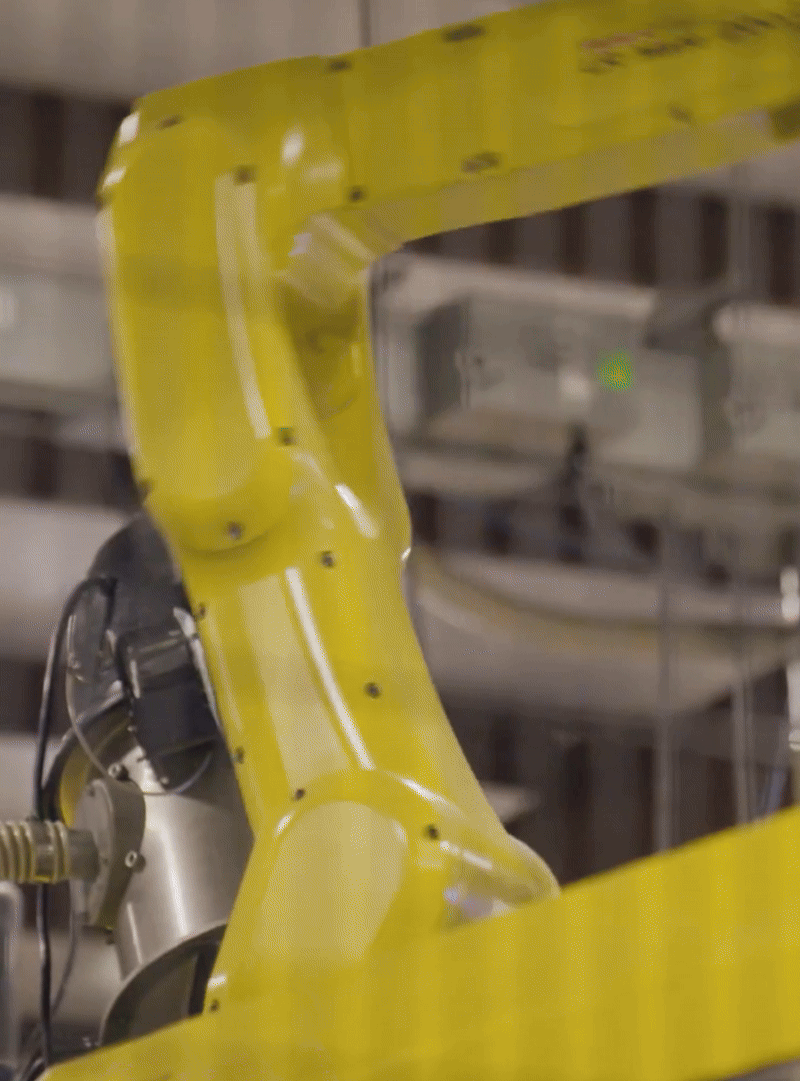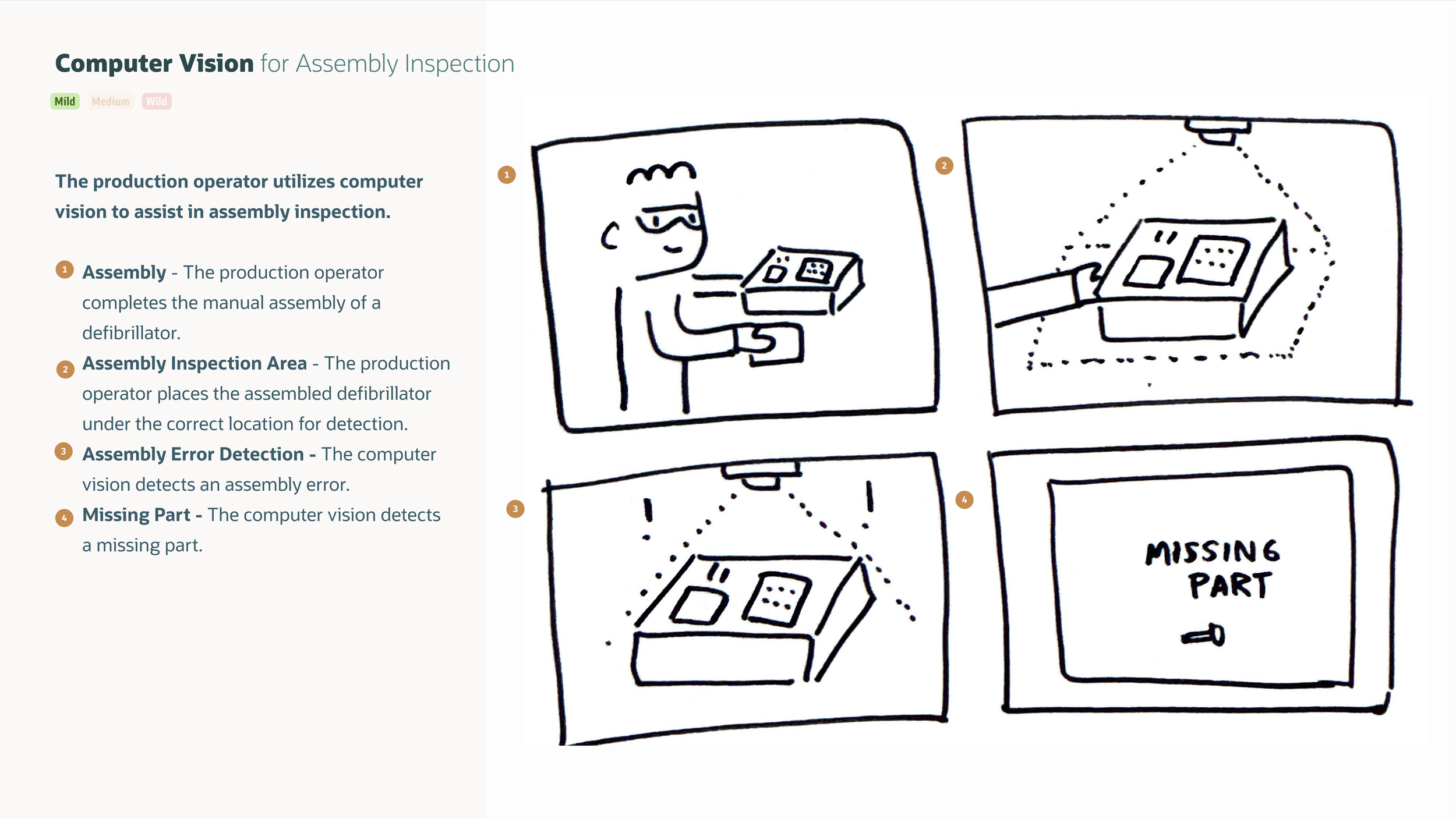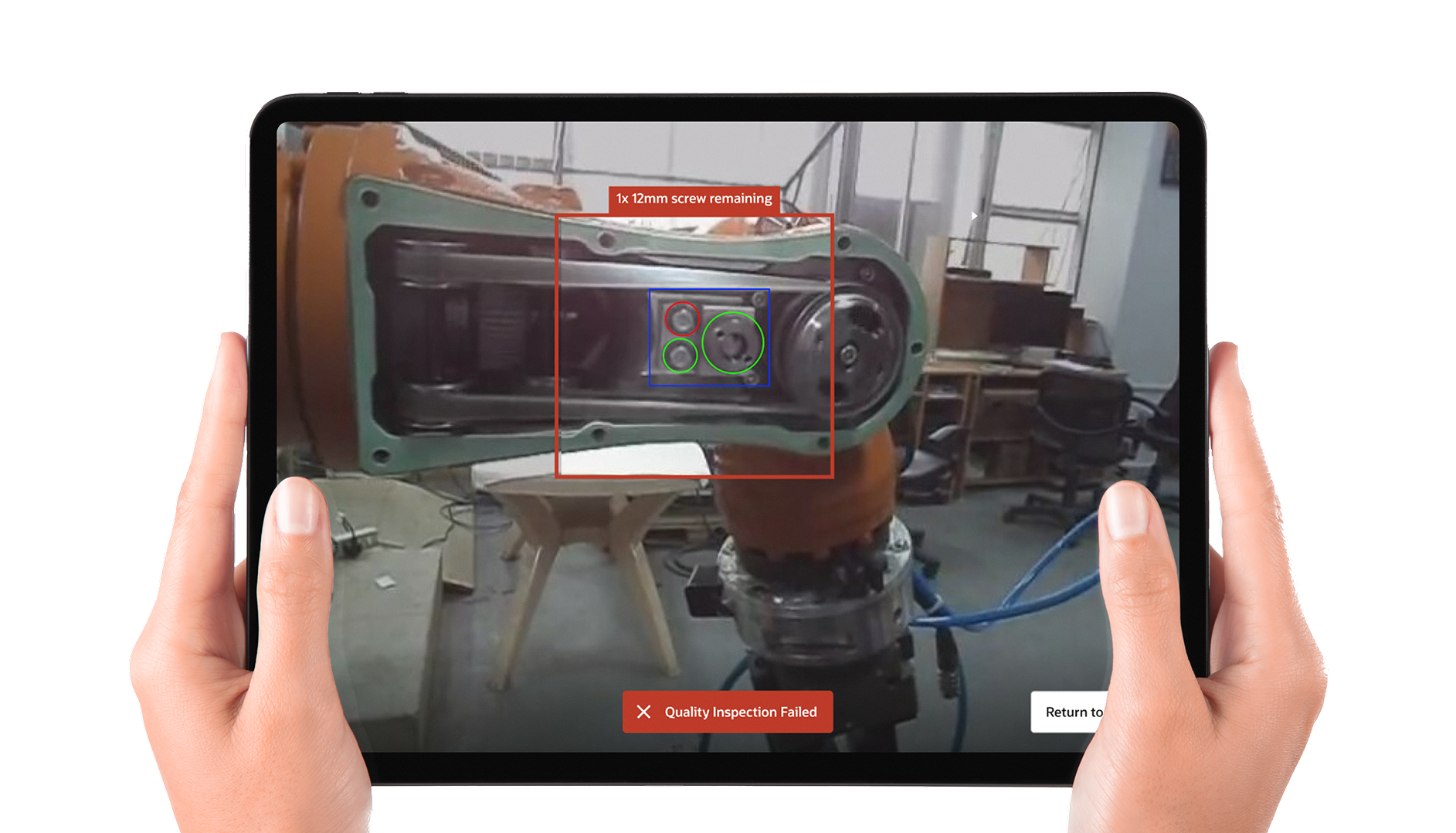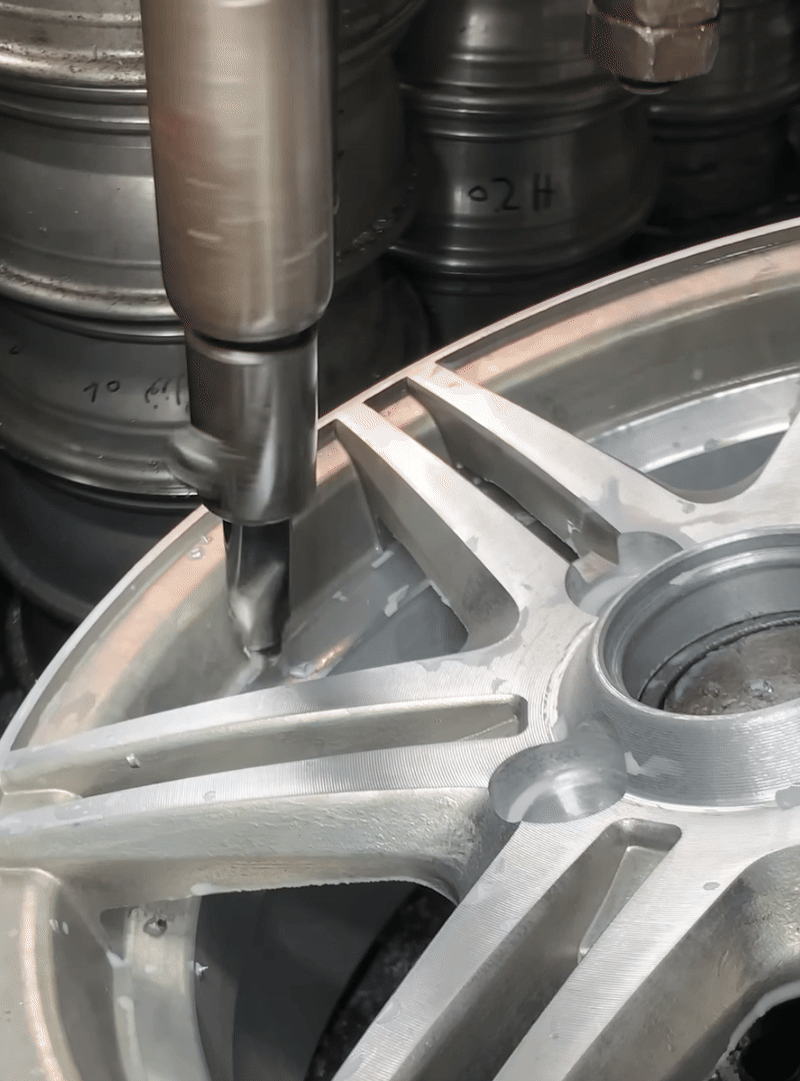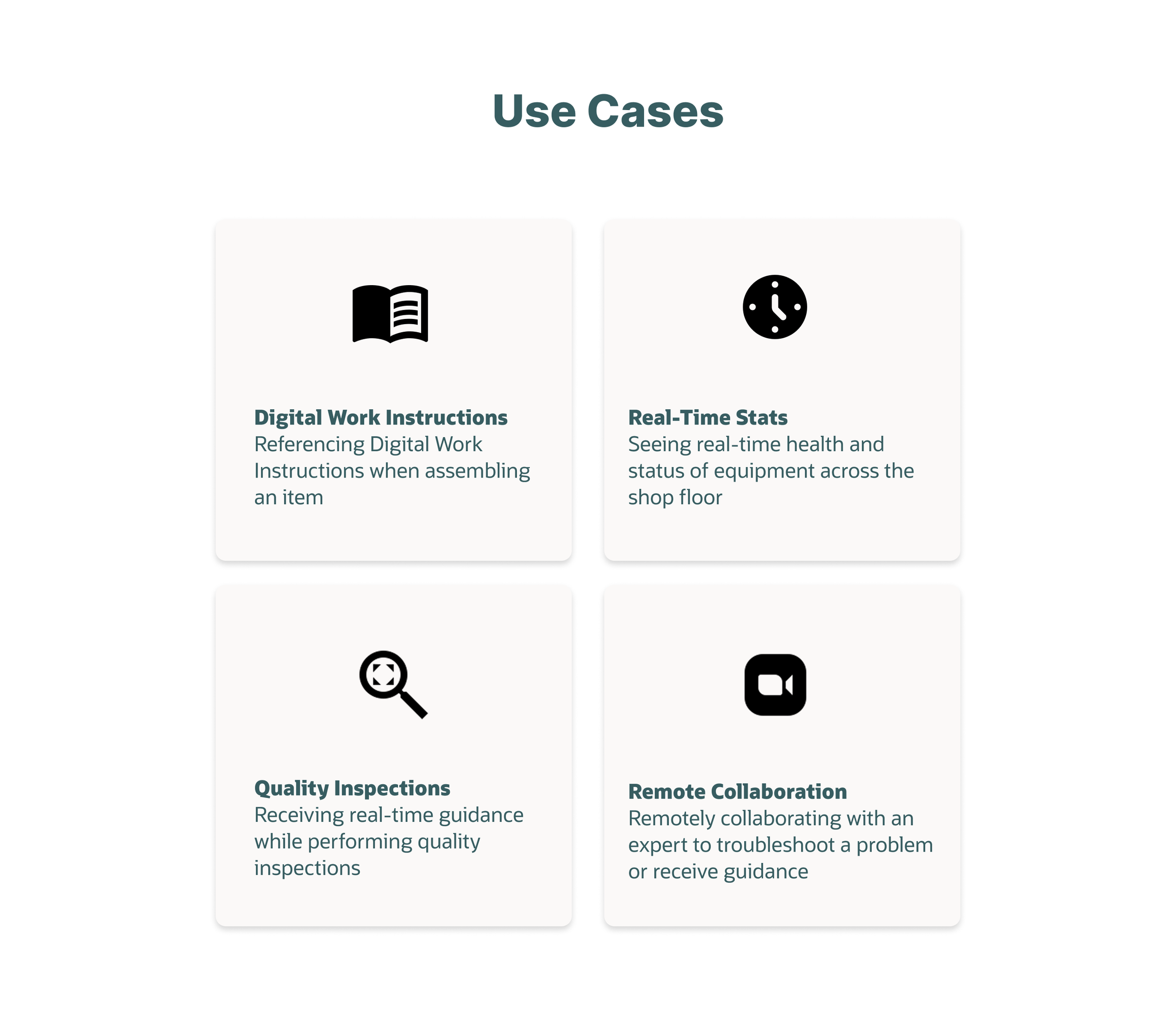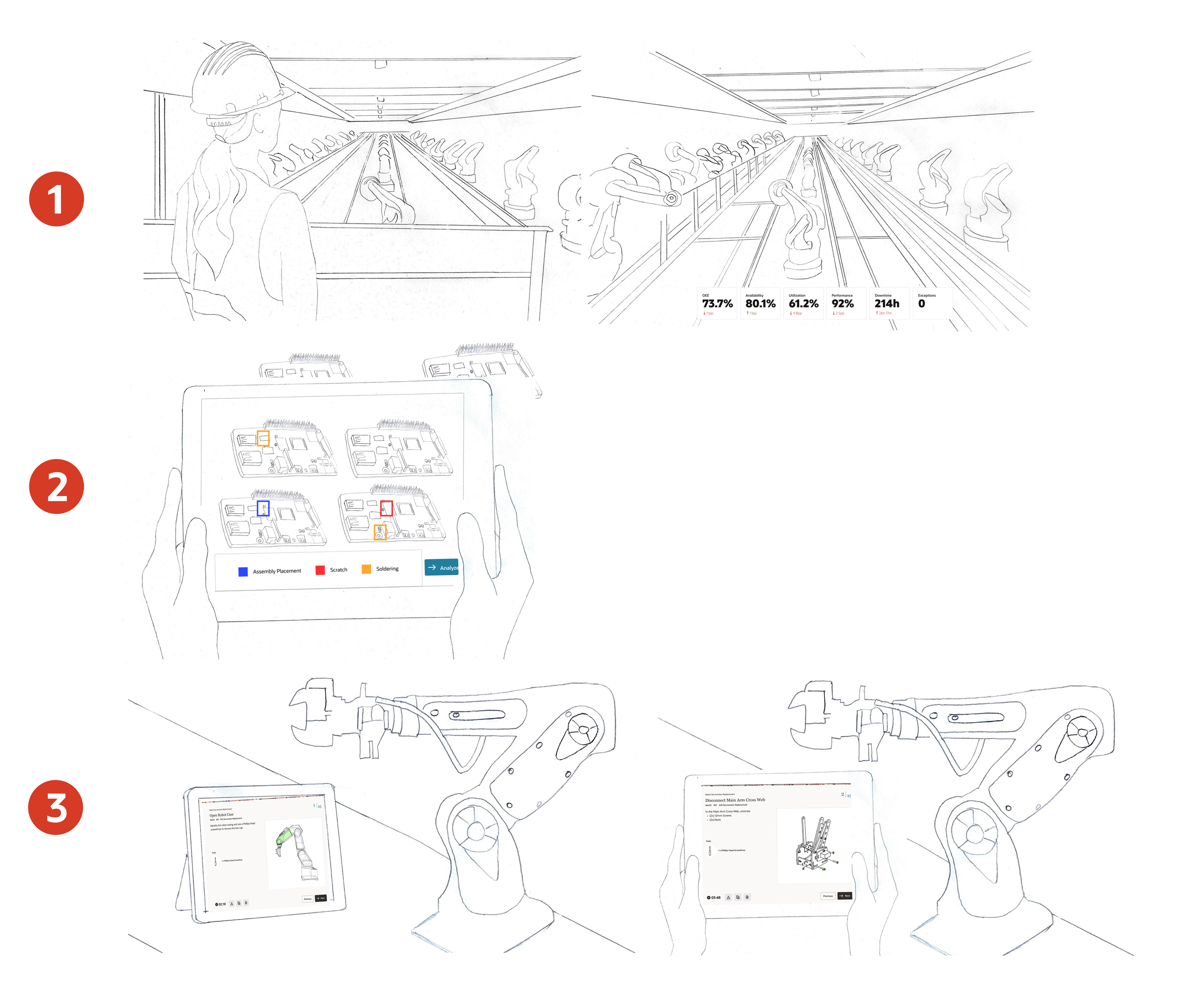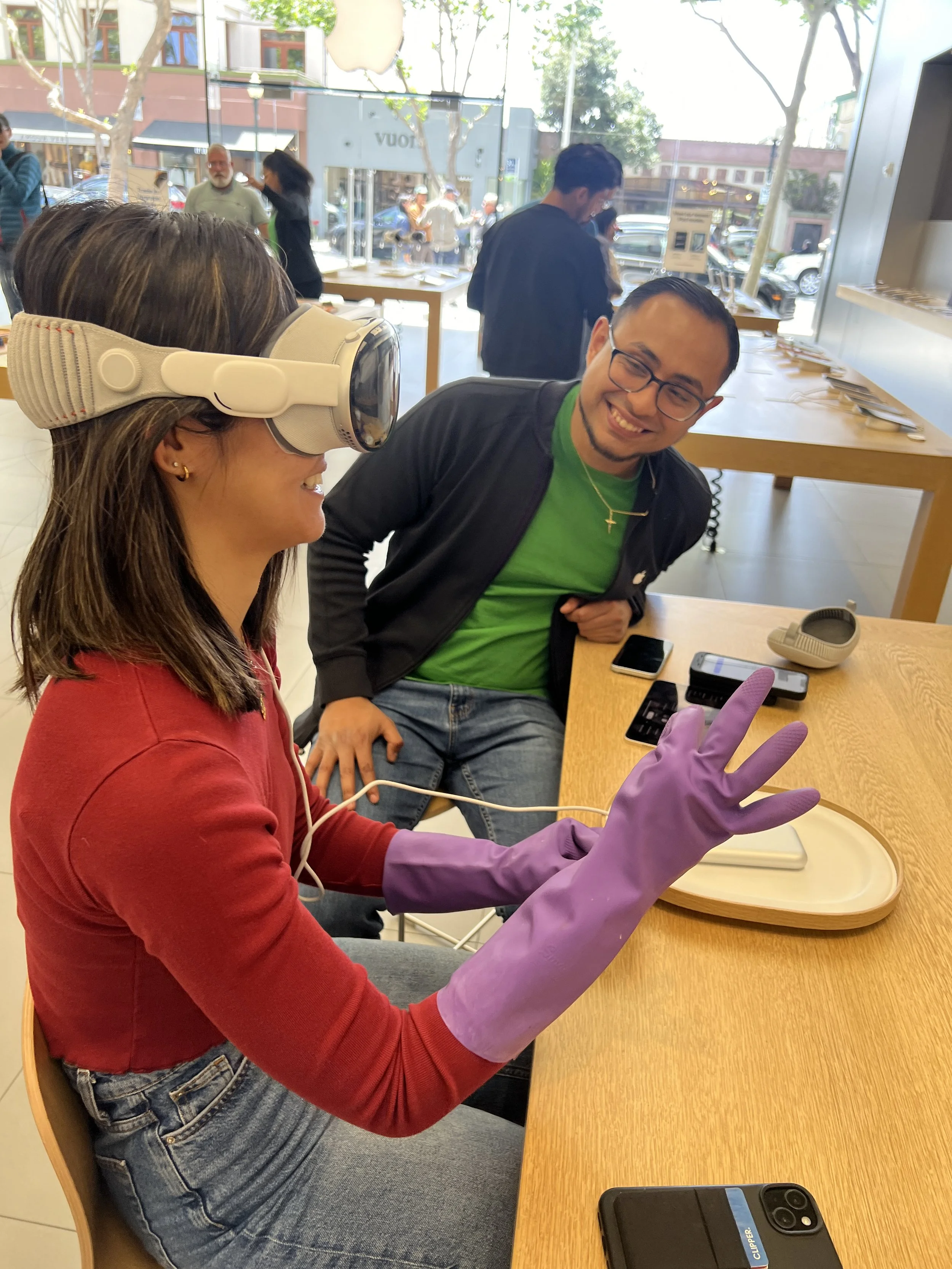
Oracle.
A future-thinking vision demo of what the “factory of the future” will look like in 10 years.
MY ROLE
UX Design Intern
SKILLS
Research
Interaction design
Visual design
Futures thinking
Research
TOOLS
Sketching
Figma
How might new technologies (computer vision, AR, digital twins) be applied to support current operations in supply chain management?
THE TEAM
Kim Fulton
Jingyi Han
Mark Pearson
TIMELINE
3 months
May - August 2024
Improving work operations in supply chain management
As an intern on the Supply Chain Management team, I was tasked with creating a vision demo that demonstrates how we can utilize new technologies to create a better experience for deskless workers in a manufacturing environment.
What will the factory of the future look like in 10 years?
Background
Ideation
Design
Conclusion
Documenting key activities and roles in factories
What does the manufacturing space even look like? To learn more, I watched tons and tons of videos and virtual tours of manufacturing spaces—from steel wheel factories to custom injection holder factories—to observe and gain a better understanding of the supply chain manufacturing space.
Understanding personas and workflows
Across all the different verticals of manufacturing, what roles and personas are consistent and what do their workflows look like?
Investigating current tech trends
What are the current tech trends in the factory space and what are they being used for? By painting the landscape of emerging technology currently used in the manufacturing space and their use cases, this could help forecast what technologies might be used in the future.
Brainstorming & concepting
To gather and discover more ideas, I led 3 brainstorming sessions with designers to imagine different use cases and technologies, synthesizing them and building them out into concept one-sheets ranging from mild to wild.
Narrowing scope
To narrow down on which ideas were worth pursuing, I validated the concepts with the team and the VP of design, asking them to vote for which use case they would like to see most based on demand, competitors, and their own intuition. We decided to focus on the production supervisor and the maintenance technician, two core roles in the factory.
Translating concept ideas into a high-fidelity vision storyboard to communicate the future factory experience
Storyboarding
I wrote the narrative script, iterating several times based on feedback from my design director, illustrating them through sketches and lo-fi wireframes of main scenes.
Upgrading to Hi-Fi Prototypes
While sketches were less prescriptive and left room for imagination, we wanted to pair the hi-fi UI with a realistic backdrop to create the most accurate vision. To do this, I used Adobe Firefly to generate photorealistic AI images of the factory and workers and created hi-fi prototypes based on existing Oracle products used in supply chain.
Key Takeaways
When navigating ambiguity, communicate early and often.
Don’t let perfectionism stall momentum.
Prioritization and time management are key!
Trying out the Apple Vision Pro while wearing kitchen gloves to simulate factory worker equipment - it worked!

